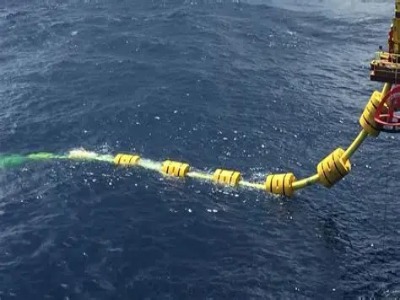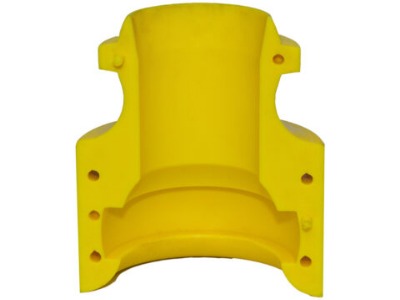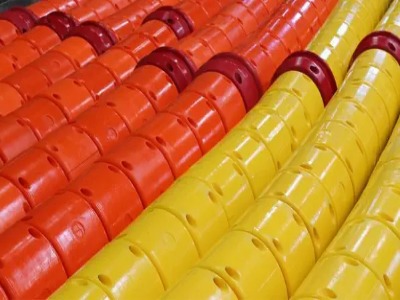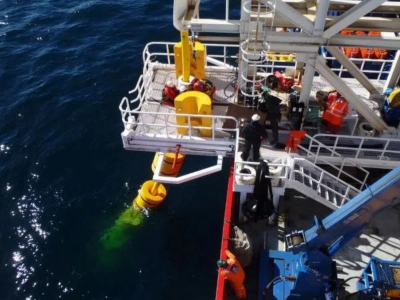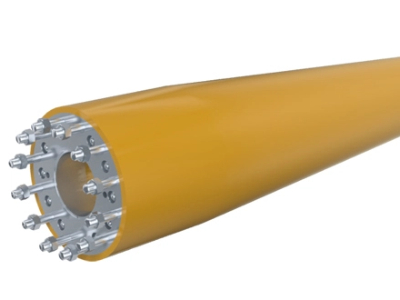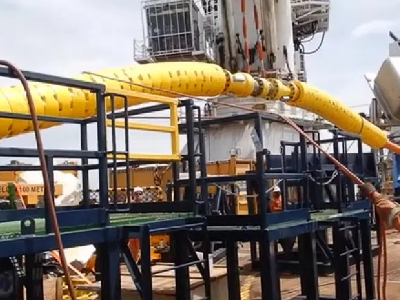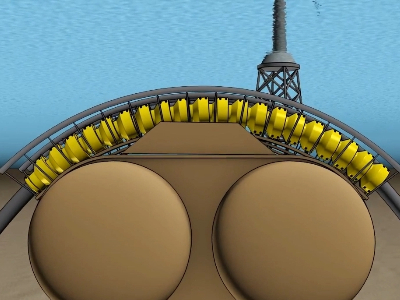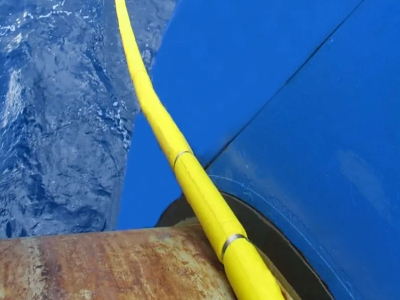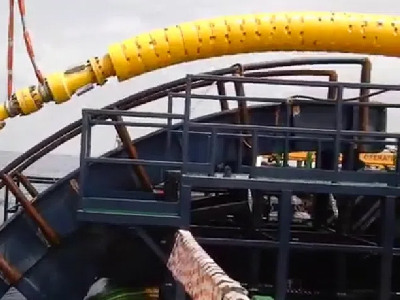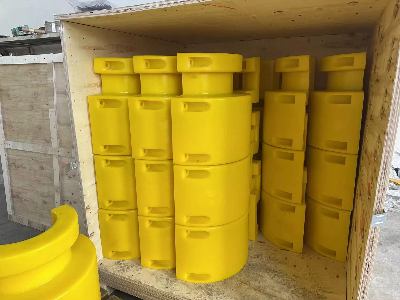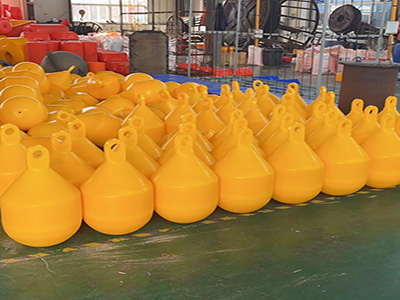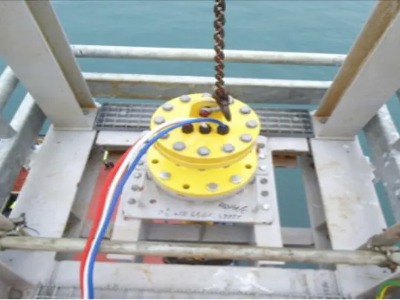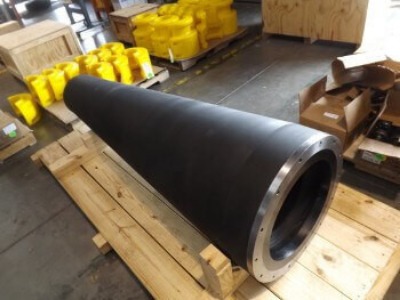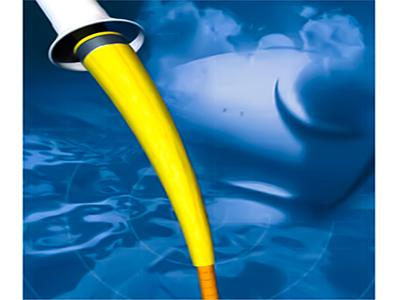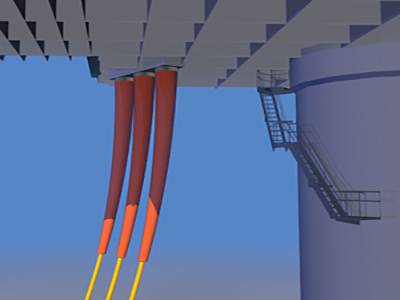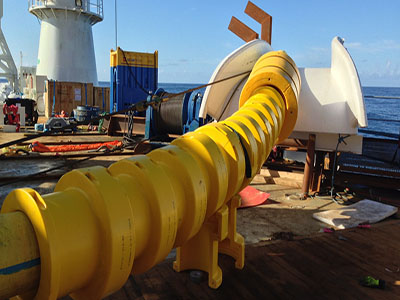As the global development of marine resources continues to advance into deep and ultra-deep waters, efficient and reliable subsea buoyancy solutions have become crucial for ensuring the safe operation of underwater production systems, risers, and pipelines. A recent industry report has systematically outlined several mainstream types of subsea buoyancy modules, revealing their diverse application scenarios and technical characteristics.
Some types of subsea buoyancy modules:
Depending on the application scenario and structural requirements, subsea buoyancy modules are mainly categorized as follows:
Distributed Buoyancy Modules: Acting as the "support skeleton" for flexible risers and umbilicals, they are installed at intervals to support vertical sections, manage curvature, and prevent structural over-bending or fatigue damage.
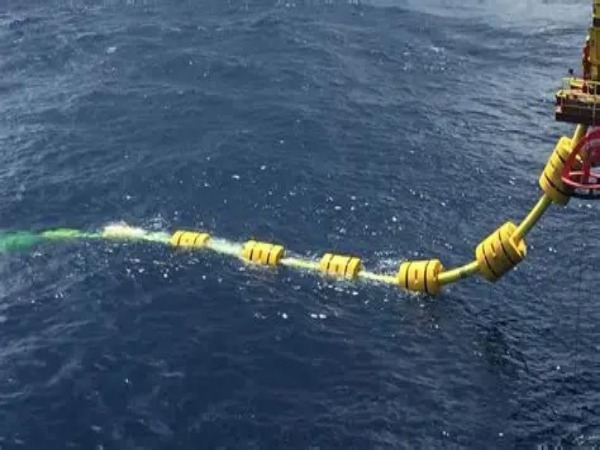
Buoyancy Clamps: Known for their ease of installation and reusability, they are widely used on rigid pipelines or cables, offering flexible and efficient solutions for various installation and maintenance tasks.
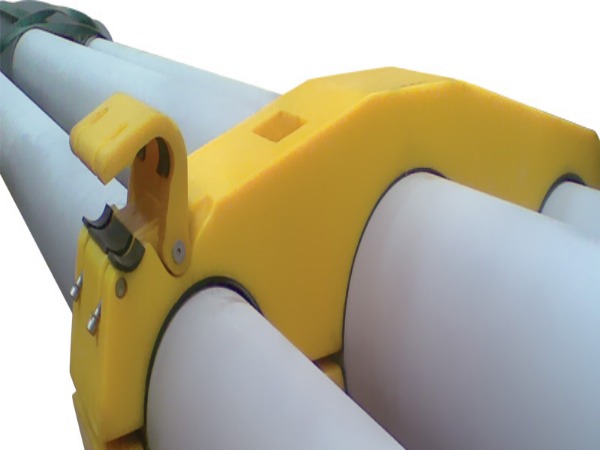
Drill Riser Buoyancy Module: Designed specifically for dynamic marine environments, especially in deepwater applications, they significantly enhance riser stability against ocean currents and wave loads.
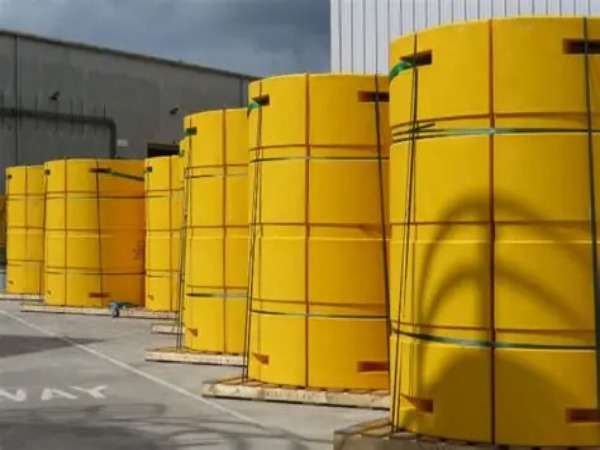
Subsea Buoyancy Modules: Typically used between subsea structures and surface vessels or platforms, providing core buoyancy for various suspended systems.
Midwater Arch Buoys (MWAs) and Anchors: This is a key component of an integrated system, configured to shape umbilicals, dynamic risers, or cables into a wave-like geometry during their transition from the seabed to the surface, effectively distributing stress.
ROV Buoyancy: Custom-built to the specific application requirements of Remotely Operated Vehicles, ensuring optimal maneuverability and stability underwater.
Modular Buoyancy: These have broader applications, used for equipment weight compensation, offshore installation operations, and providing permanent buoyancy for mooring chains, jacket legs, and flowline buckling mitigation systems.
Selection Depends on Harsh Environments and Project Goals
The report emphasizes that the choice of buoyancy module type is not one-size-fits-all but is highly dependent on the specific project's environmental conditions and structural requirements. Water depth, temperature, pressure, and specific structural load-bearing demands are the core parameters determining the final solution. In harsh deepwater environments characterized by high pressure and low temperatures, the material's compressive resistance, corrosion resistance, and long-term stability are paramount.
As ocean engineering continues to challenge deeper and more complex waters, the demand for high-performance, highly reliable buoyancy modules will continue to grow. The continual advancement and precise application of these key technologies lay a solid foundation for the safe and efficient development and utilization of marine resources by humanity.
Contact us today to discuss your specific requirements and discover how our buoyancy technology can provide the reliable support your next project demands.
You can contact us any way that is convenient for you. We are available 24/7 via email. You can also use a quick contact form below or visit our website. We would be happy to answer your questions.

